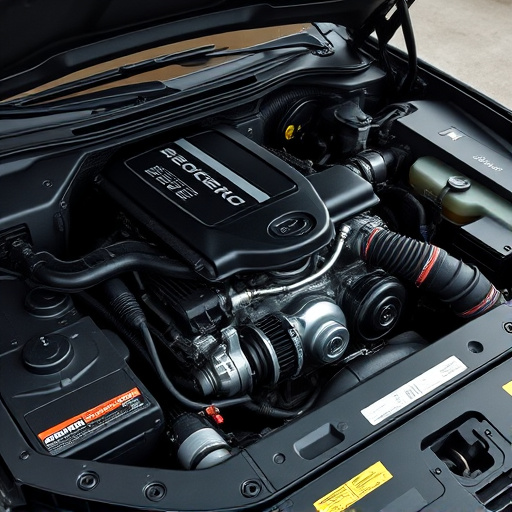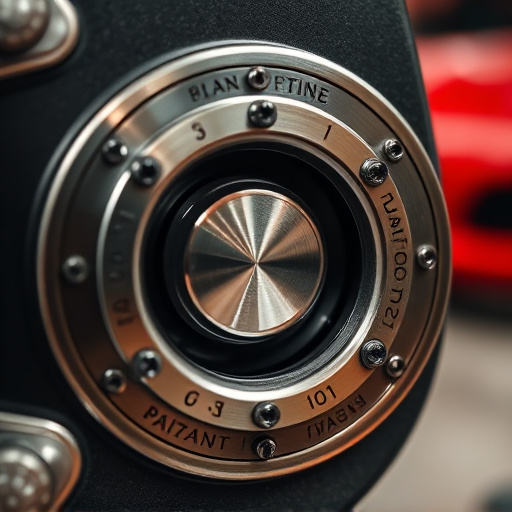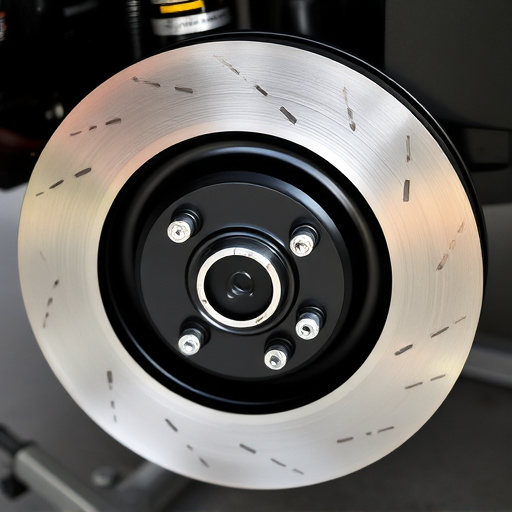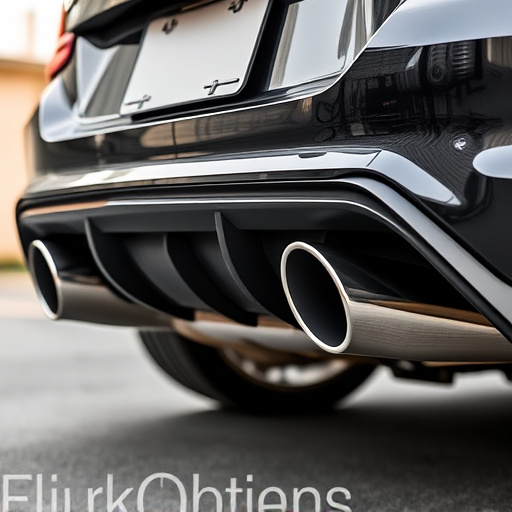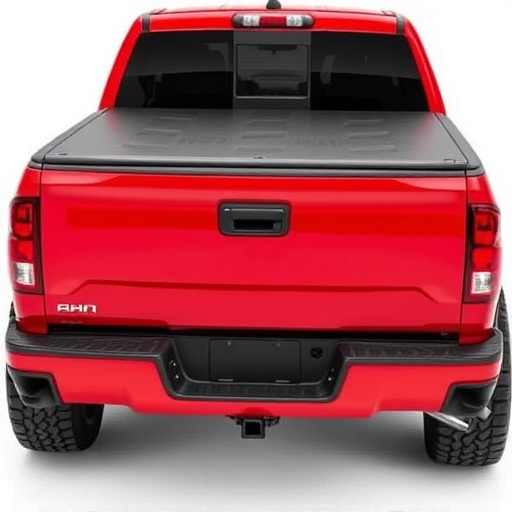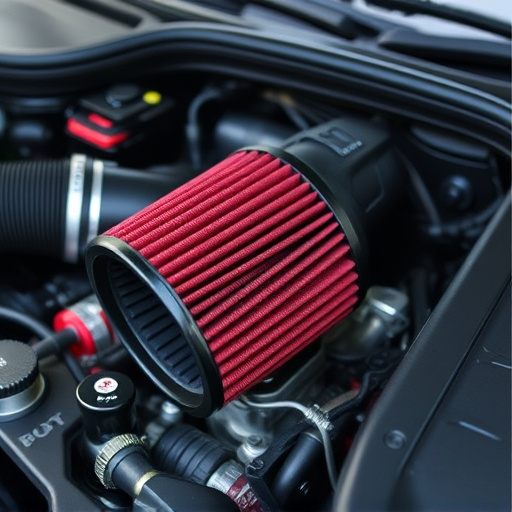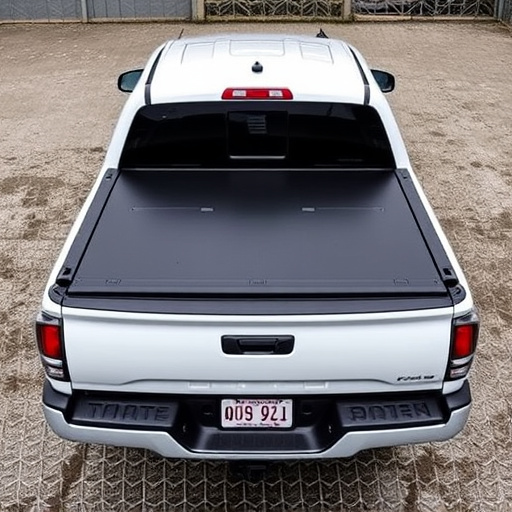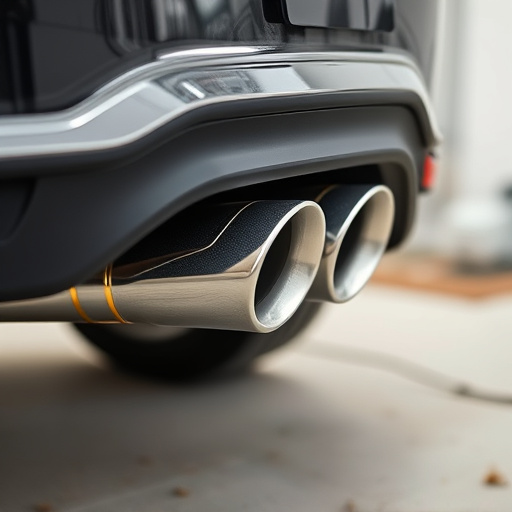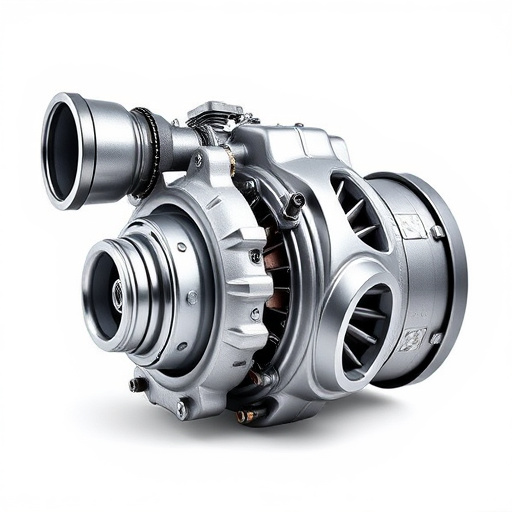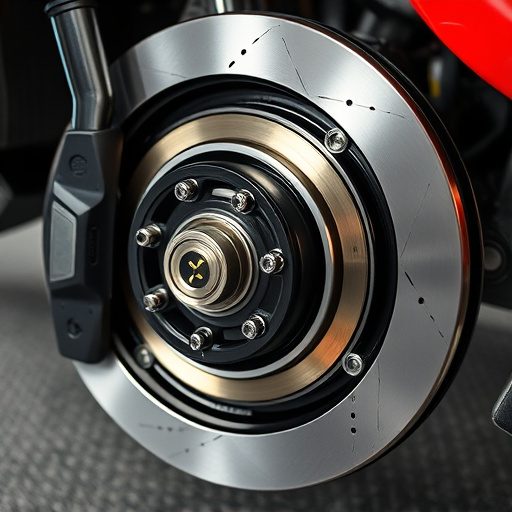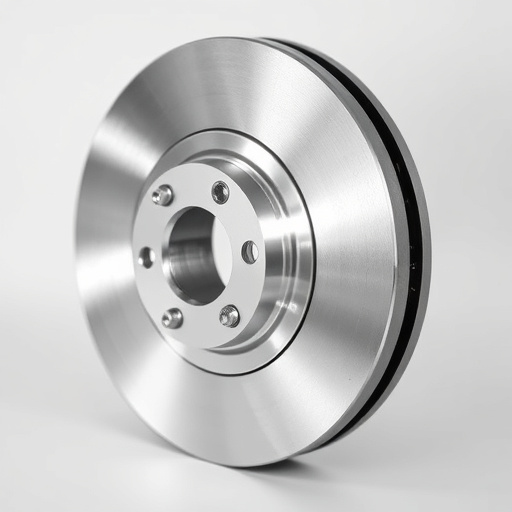TL;DR: Before upgrading your intercooler, thoroughly plan and prepare by understanding vehicle specs, researching compatible models, gathering tools, scheduling during cooler weather, clearing workspace, and considering simultaneous component upgrades. Prioritize safety throughout the process, as an intercooler upgrade requires nuanced understanding and meticulous attention to detail to avoid suboptimal performance or damage. Ensure correct high-quality tools and strictly adhere to safety protocols to protect yourself and surrounding components. Focus on enhancing performance while prioritizing safety during your intercooler upgrade.
Upgrading your intercooler can significantly boost your vehicle’s performance, but it’s not without its pitfalls. This article guides you through the critical areas to avoid common mistakes during an intercooler upgrade. From missteps in planning and preparation—like inadequate tool gathering or skipping essential research on compatible parts—to installation traps like incorrect mounting or overlooking fluid levels, we’ve got you covered. Additionally, learn why post-upgrade maintenance, including regular cleaning and professional inspections, is vital for sustained optimal performance.
- Planning and Preparation
- – Misunderstanding the upgrade process
- – Inadequate tool gathering and safety measures
Planning and Preparation
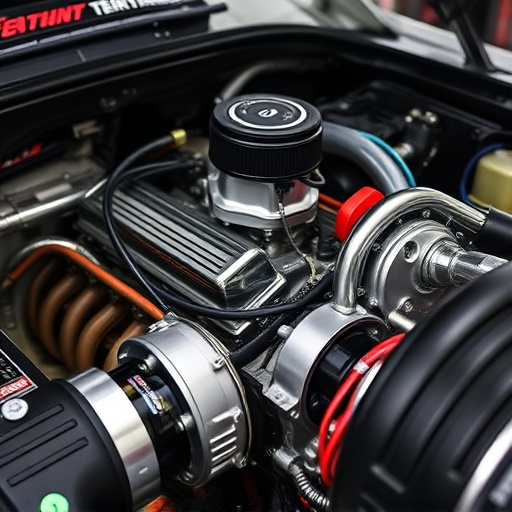
Before diving into the intercooler upgrade process, meticulous planning and preparation are essential. This involves thoroughly understanding your vehicle’s specifications, especially its cooling system and engine configuration. Researching compatible intercooler models specific to your make and model is crucial. Ensure you have the necessary tools and equipment ready, including a jack, stands, and any specialized hardware required for installation. It’s also vital to consider your timing; scheduling the upgrade during cooler weather can simplify the process and prevent excessive stress on the vehicle.
Additionally, preparing your workspace is key. Park your vehicle on a level surface, engage the parking brake, and chock the wheels for safety. Remove any debris or obstructions from the engine bay to ensure easy access to the intercooler location. Consider upgrading other components simultaneously, such as performance air filters or a performance exhaust system, to optimize overall engine performance. Even replacing old brake rotors can enhance your vehicle’s handling during this upgrade.
– Misunderstanding the upgrade process
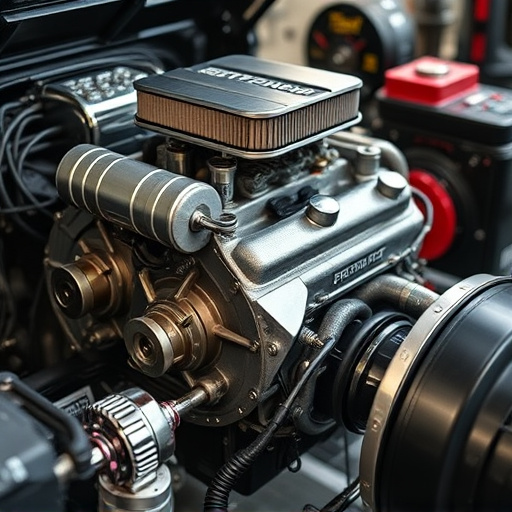
Many enthusiasts embark on an intercooler upgrade with high expectations, but a lack of understanding can lead to common pitfalls. The intercooler upgrade process involves more than just swapping out the old for the new; it’s a nuanced procedure that requires knowledge and attention to detail. Often, folks underestimate the scope of the task, assuming it’s as simple as removing the old intercooler and installing a newer model. However, this simplification can result in suboptimal performance or even damage if critical components like suspension kits, intake components, or coilover kits are overlooked during the disassembly or reassembly stages.
A clear misconception is treating the intercooler upgrade as an isolated part replacement. In reality, it’s a chance to optimize your vehicle’s cooling system and often intersects with other modifications, such as engine tuning and exhaust upgrades. Failing to consider these interconnected aspects can lead to imbalances in your setup, hindering the full potential of both the upgraded intercooler and other performance enhancements like suspension kits or coilover kits.
– Inadequate tool gathering and safety measures
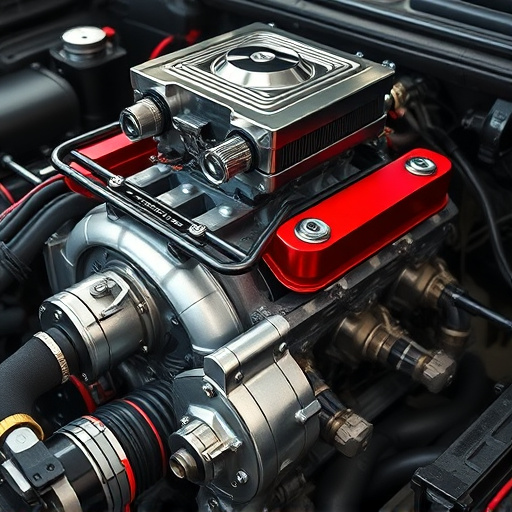
Before beginning any intercooler upgrade, it’s crucial to gather the right tools and implement robust safety measures. Using inappropriate tools can lead to damage not only to your vehicle but also to yourself. Always opt for high-quality tools designed specifically for intercooler installations to ensure precision and prevent accidental leaks that could cause harm or even fire. Safety should be your top priority; this includes wearing protective gear such as gloves, safety glasses, and a respirator mask, especially when handling components like the intercooler core or removing old installation parts.
Moreover, inadequate safety measures can extend to neglecting potential hazards associated with other components nearby, such as hot exhaust pipes (performance exhaust) or brake pads. Ensure all related parts are secured, cooled, and protected during the upgrade process to avoid burns, injuries, or unexpected damage. Remember that an intercooler upgrade is not just about enhancing performance but also maintaining a safe driving environment.
Upgrading your intercooler is a crucial task for any vehicle enthusiast, but it’s not without its pitfalls. By avoiding common mistakes like misunderstanding the process or neglecting proper tool preparation and safety measures, you can ensure a smooth installation. Remember, planning is key to a successful intercooler upgrade, so take the time to gather the right tools, wear protective gear, and follow detailed guides to achieve optimal results.
